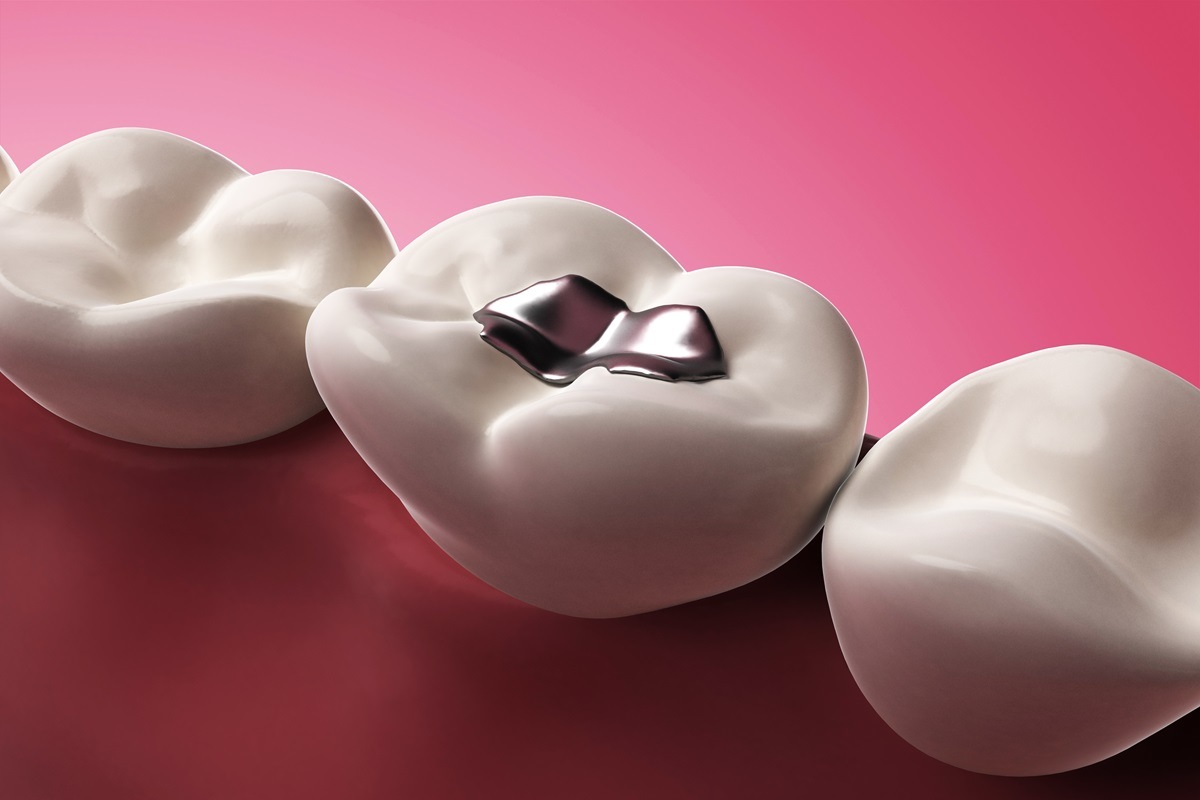When getting a cavity filled, worry or anxiety are common emotions for patients. Their thoughts immediately turn to pressure, drills, and imagined suffering. Because dental filling techniques have advanced significantly in recent years, these are all parts of the past. The days of spending a torturous day at the dentist near you to fill a cavity are long gone.
Nonetheless, a lot of the tension and anxiety that comes with dental fillings can be avoided by being prepared. It will be anxiety-free to get ready for a dental filling if you know what to expect.
What is a dental filling?
Once the decay is eliminated, filling is the substance used to fill the cavity. But not all fillings are created equal. A range of materials can be used to create them, such as:
- Amalgam
A mixture of silver, tin, and mercury is typically used to make amalgam. Amalgam has been used to fill cavities for more than 150 years; it is known as the “silver filling.” Patients can choose it for a low cost, and dentists can utilize it quickly and easily.
- Resin composite
Composite resins are frequently employed for patients whose opinions on amalgam fillings are not entirely favourable. A tooth-colored filling made of composite resin is less expensive than one made of gold.
- Ionomers
Another alternative for tooth-colored fillings are ionomers. For tiny cavities or cavities between teeth, they are frequently utilized. For people who are prone to cavities, some ionomers even produce fluoride, which is an extra benefit.
- Gold
Gold is a filler material that is losing popularity. That’s because it’s expensive and challenging to work with. The actual surgery may take longer when gold is used as a filling.
- Ceramics
Another alternative for tooth-colored fillings is ceramics. In contrast to ionomers and composite resins, ceramics call for specialized tools. As a result, using ceramics may require multiple appointments to finish the filling process. Furthermore, compared to alternative tooth-colored filling options, they are usually more expensive.
Why are fillings important?
Cavities are surface-level holes in teeth brought on by dental deterioration. If the cavity is not addressed, it will keep getting worse and hurt a lot. In addition to causing excruciating infections and potential bone loss, untreated tooth decay can also result in abscesses. Therefore, fillings are crucial for halting the spread of decay and fixing damaged teeth. Usually, they don’t need to be replaced for a number of years.
What justifies the need for dental fillings?
Cavities are a very prevalent dental condition. In essence, they are surface-level holes in teeth that progressively form as a result of dental disease. Maintaining good dental hygiene can often prevent or delay cavities. Consistent brushing and flossing are essential for keeping gums and teeth in good condition.
Cavities can still occur in people who routinely visit their dentist, brush, and floss. Because every person is unique in their biology, the foods and beverages they consume might also affect their risk of getting cavities. Acidic or high-sugar foods and beverages are more likely to erode teeth.
More difficult dental problems, such as abscesses, might arise from not treating cavities as soon as they emerge. These infections of the mouth have the potential to cause tooth loss. Dental fillings in Danvers are essential for halting the progression of cavities. Most fillings don’t need to be replaced or maintained for many years. During your routine dental appointments, your dentist will check on the fillings.
What should be avoided during a dental filling?
Firstly, the area around the damaged tooth is numbed in order to begin dental filling treatment. This guarantees that there will be no discomfort during the appointment. Your dentist in Danvers will first numb the area, drill out the decaying portion, and then insert the filling. The entire treatment is completed in a flash.
You should anticipate that you will be numb for a few hours following the surgery. It is advised that you stay away from extremely hot or cold temperatures when eating and drinking because the area can be sensitive for a while. Usually, the sensitivity lasts for a few days. To reduce sensitivity after getting dental fillings near you, some dentists suggest using a certain type of toothpaste.
Speak with a Member of Our Team to Learn More
Hopefully, knowing what to expect from a dental filling will allay any worry you may have about seeing the dentist. Call Danvers Family Dental to make an appointment for dental work.

